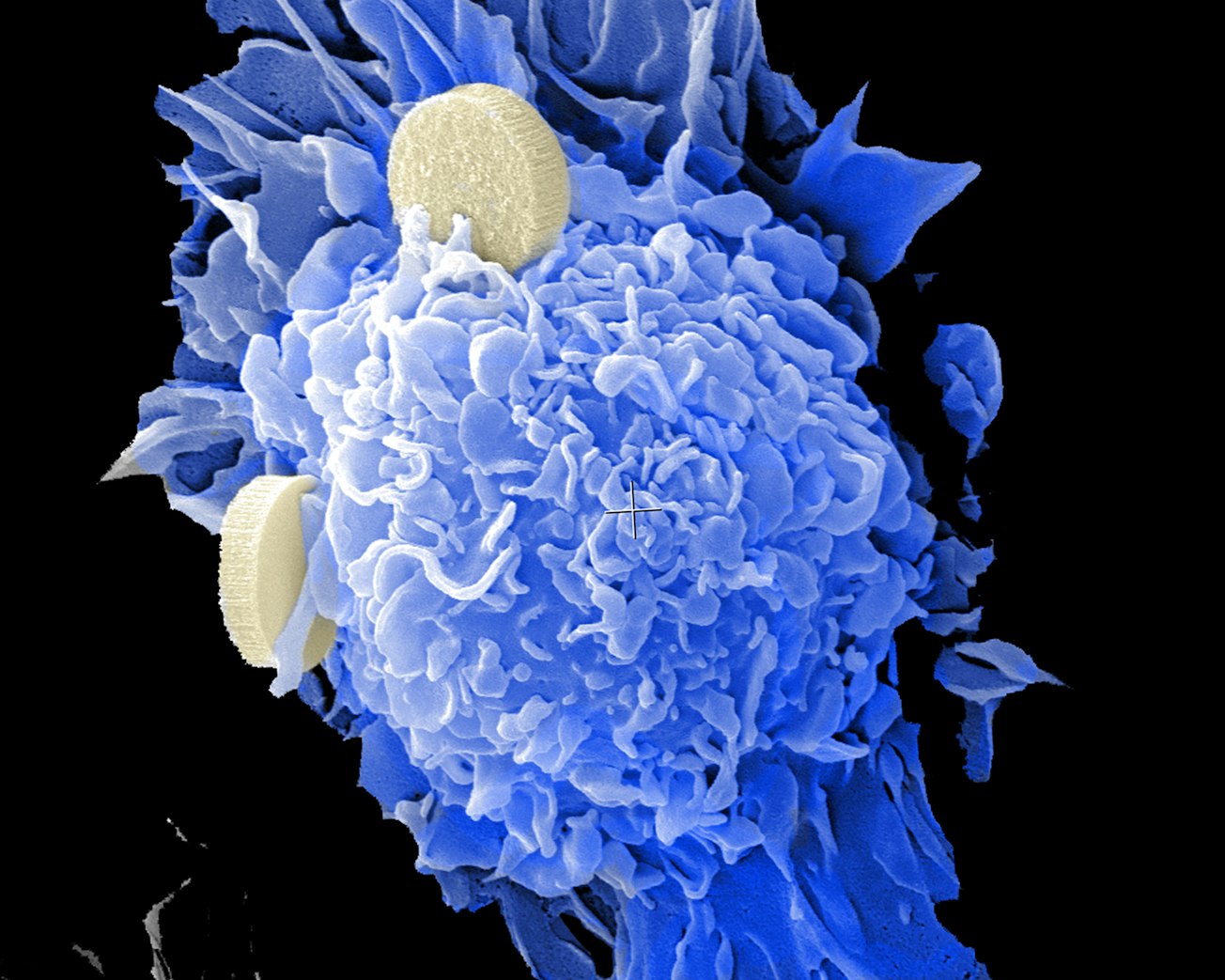What is it about?
Researchers mistakenly suspect even today that tumors rapidly growing under antiestrogen treatment are "antiestrogen resistant" erroneously believing that tumors, similarly like microbes are fighting for their survival. Conversely, tumor cells have the remnants of the same genomic machinery like patients' healthy cells and their upregulation results in DNA repair and self directed death. Estrogen activated ERs are the highest regulators of cellular mechanisms and the blockade of ER activation is an emergency situation even in cancer cells.
Featured Image

Photo by National Cancer Institute on Unsplash
Why is it important?
In the present work, the principal regulatory capacities of estrogen-activated ERs and the importance of balance between their liganded and unliganded activations are illuminated. Antiestrogen responsive tumor cells are capable of an appropriate upregulation of ER signaling resulting in DNA repair and consequential tumor response. Tumors, unresponsive to antiestrogen therapy, do not acquire "oncogenic adaptation" for their survival. Conversely, they strive to compensate the blockade of liganded ER activation so as to achieve a self directed death, but their effort is not successful.
Perspectives
Breast cancer therapy via a liganded blockade of ERs is forwarding along a blind track. In emergency states, liganded ERs are capable of beneficial genome modification even in tumor cells facilitating apoptotic death. This recognition provides possibilities for estrogen/ER use against all human diseases including cancer.
professor Zsuzsanna Suba
National Institute of Oncology Budapest
Read the Original
This page is a summary of: Compensatory Estrogen Signal Is Capable of DNA Repair in Antiestrogen-Responsive Cancer Cells via Activating Mutations, Journal of Oncology, July 2020, Hindawi Publishing Corporation,
DOI: 10.1155/2020/5418365.
You can read the full text:
Resources
Contributors
The following have contributed to this page







